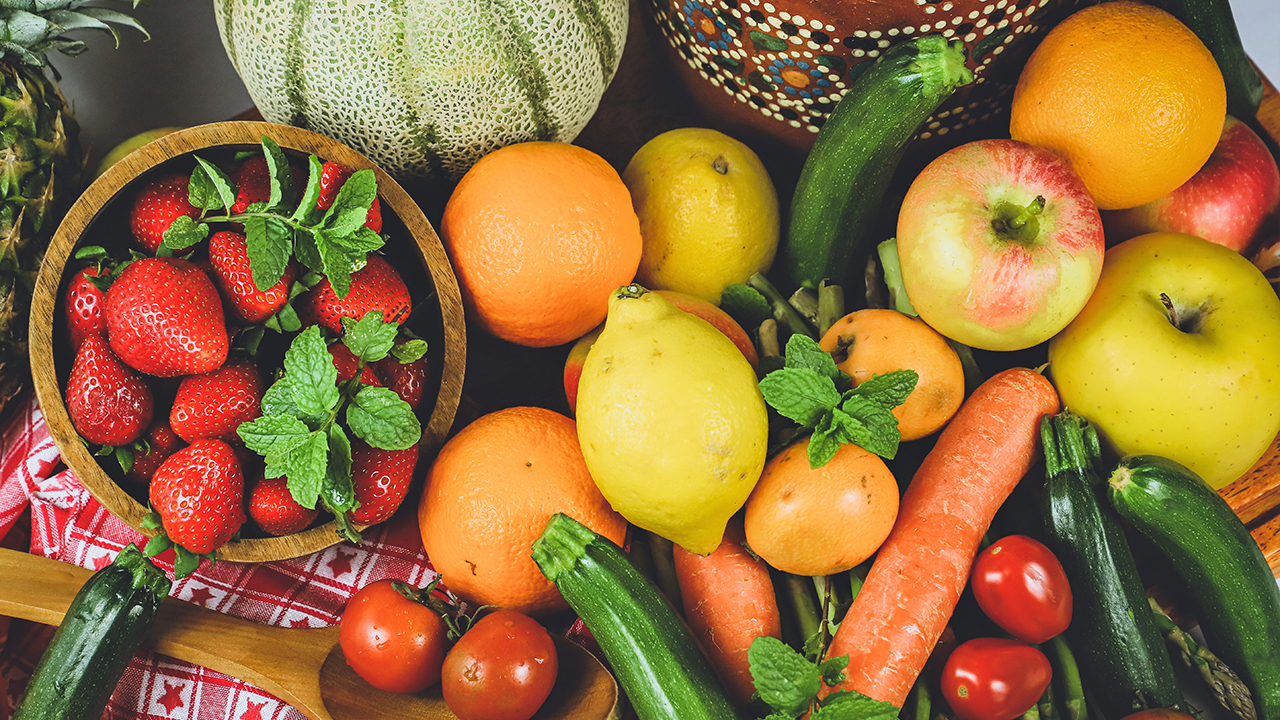
As the interest in homegrown food continues to rise, more and more gardeners are discovering the joys of edible landscaping.
This innovative approach integrates edible plants into traditional ornamental gardens, creating a beautiful and productive landscape.
Edible landscaping not only enhances the aesthetic appeal of your garden but also provides fresh, organic produce right at your doorstep.
Here’s how you can transform your landscape into a thriving edible garden.
Growing your own fruits, vegetables, and herbs ensures access to fresh, nutrient-rich produce. A well-planned edible landscape can significantly reduce grocery bills.
Over time, the initial investment in plants and materials pays off through abundant harvests.
Edible plants can be just as beautiful as ornamental ones.
Many fruits, vegetables, and herbs boast attractive foliage, flowers, and fruits that add visual interest to your garden.
Evaluate the available space in your garden and consider sun exposure, soil quality, and existing plantings. Most edible plants require at least six hours of direct sunlight per day.
Use traditional landscape design principles such as layering, color, and texture when planning your edible garden.
Incorporate a mix of perennials, annuals, and shrubs to create a balanced and visually appealing layout.
Consider incorporating fruits like blueberries, strawberries, apple trees, and fig trees; vegetables like kale, Swiss chard, tomatoes, and peppers; herbs like basil, rosemary, thyme, and mint; and edible flowers like nasturtiums, marigolds, and violets.
Use colorful chard or kale as border plants, or mix herbs like thyme and oregano into flower beds.
Keep your soil healthy by adding organic matter such as compost. Healthy soil promotes strong plant growth and improves yield.
Edible plants often require more water than ornamental ones.
Install a drip irrigation system to ensure consistent and efficient watering.
Practice integrated pest management (IPM) by encouraging beneficial insects and using natural pest control methods.
Avoid synthetic pesticides, which can harm beneficial organisms and reduce the quality of your produce.
Regularly harvest your edible plants to encourage continued production. Proper harvesting techniques vary by plant, so educate yourself on the best practices for each type.
Edible landscaping is a rewarding way to beautify your garden while enjoying the benefits of fresh, homegrown food.
Whether you have a small urban yard or a sprawling suburban garden, edible landscaping offers endless possibilities for creativity and productivity.
Start small, experiment with different plants, and watch your garden transform into a vibrant, edible oasis.
Discover Beautiful Flowers, Expert Gardening Tips & Interesting Plant Science!
By submitting this form, you are consenting to receive marketing emails from: . You can revoke your consent to receive emails at any time by using the SafeUnsubscribe® link, found at the bottom of every email. Emails are serviced by Constant Contact

About The Author
John Bagnasco has been in the gardening industry for over 50 years, starting with a horticulture degree from Michigan State University and following a stint at Frank’s Nursery and Crafts in Detroit.
After publishing his first book “Plants for the Home Vol. I” in 1976, he moved to California to become regional manager and buyer for the Nurseryland division of Sunbelt Nursery Group.
He then became the head buyer for Armstrong Garden Centers based in Glendora, California. John had a part-time affiliation with Creative Promotions for ten years before joining them full-time in October 2000 as a senior editor and radio personality for Garden Compass.
John has also taught horticulture classes at Palomar College and San Diego State University.
He is the host of the DVD “The Essential Guide to Roses,” which also features Bryan Main and Bruce and Sharon Asakawa.
His most recent book is “Planting Designs for Cacti and Succulents”.
Currently, John is a co-host on “Garden America,” an interactive live gardening show that additionally provides podcasts of the broadcasts accessible on all major platforms.
You can contact John here.
